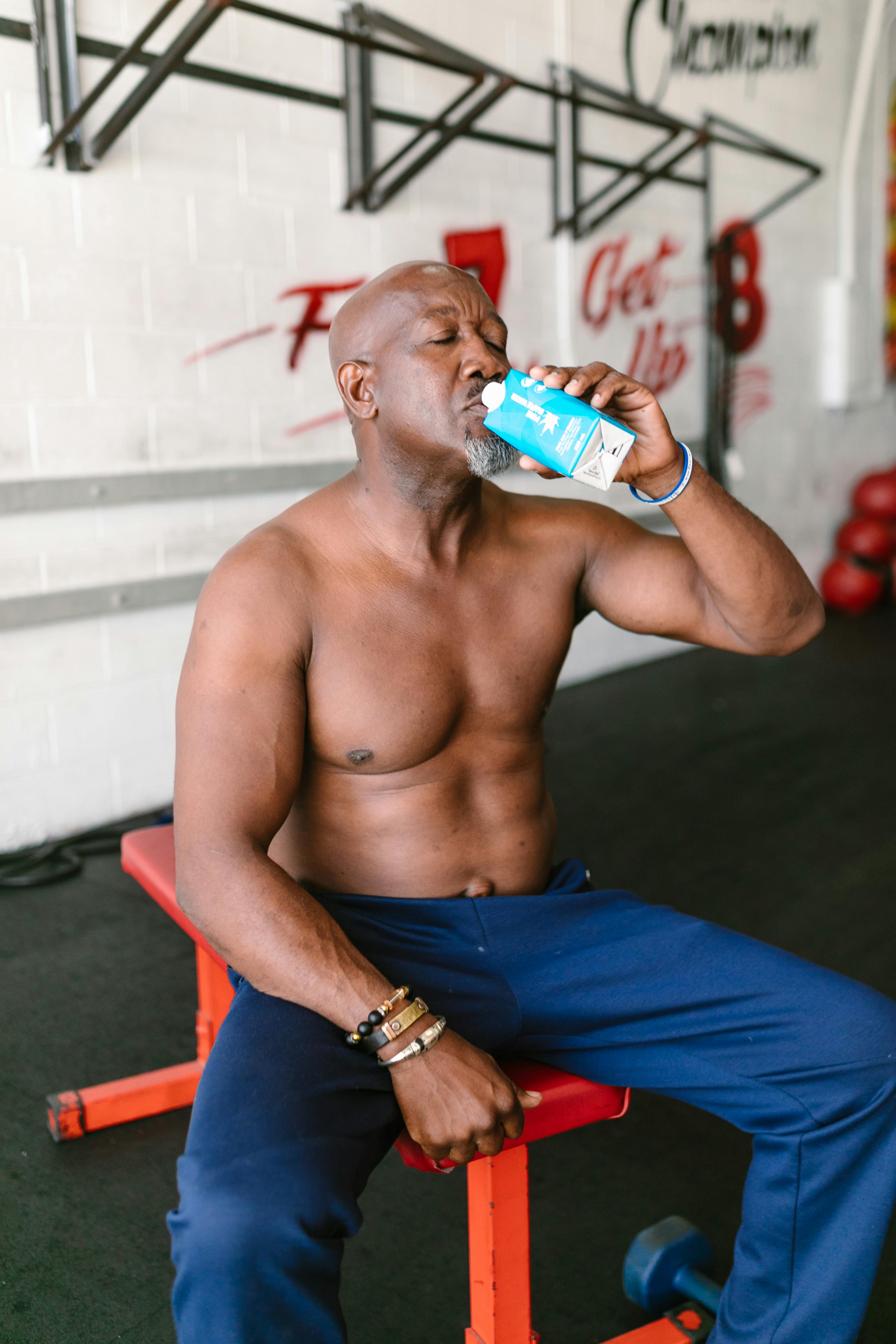1. Why Clinch Work Matters in Muay Thai
Clinch work is a signature aspect of Muay Thai. Unlike many other striking arts, Muay Thai allows and encourages close-range combat. The clinch is not just a resting position—it’s a battleground for control, balance, and devastating attacks like knees and elbows. Fighters who master the clinch can dominate opponents, disrupt rhythm, and score big in competition.
https://youtu.be/dgaJRe43lYI
2. Understanding the Muay Thai Clinch
The clinch is about more than brute strength—it’s about leverage, timing, and finesse. It involves hand position, head control, posture, and foot placement. A strong clinch keeps you stable while breaking your opponent’s balance. You use it to deliver knees, elbows, and sweeps while defending against them. It’s a full-body engagement: arms, core, hips, and legs all work together.
3. Key Benefits of Clinch Training
Improves control and balance
Builds upper body strength and core stability
Enhances close-range striking power
Develops timing, awareness, and mental sharpness
Boosts conditioning and endurance
https://youtu.be/cBft9yM3cBE?si=qV0dczYkQl1ijIGi

Clinch training forces you to think while under pressure. It teaches patience, adaptability, and explosive movement. It also exposes weaknesses—like poor posture or grip strength—so you can improve faster.
4. Basic Clinch Positions and Grips
Inside Control: Hands inside your opponent’s arms—best for dominating posture.
Neck Tie (Double Collar Tie): Both hands behind the head for maximum control.
Over-Under Clinch: One arm over, one under—common in neutral exchanges.
Body Lock: Arms wrapped around torso—good for controlling movement or setting up sweeps.
Grips should be tight but relaxed. Tension wastes energy. Learn to feel your opponent’s weight and shift with them, not against them.
5. Essential Clinch Drills
a. Pummeling Drill
Switch inside control with a partner to build comfort and flow.
b. Knee Drills
Control the neck and deliver controlled knees to a pad or partner. Focus on hip extension and balance.
c. Balance Disruption
Practice off-balancing your partner by pulling, twisting, and using your hips and feet.
d. Clinch Sparring
Start light, focusing on positioning and movement. Increase intensity as skill improves.
6. Common Mistakes in the Clinch
Standing too tall—stay grounded.
Gripping too hard—use technique, not strength.
Ignoring footwork—your base controls your balance.
Poor posture—chin tucked, back straight, hips in.
Forgetting defense—protect against elbows and knees.
7. Advanced Clinch Techniques
a. Elbow Openings
Use the clinch to create space and land short elbows.
b. Knee Combinations
Alternate between inside and outside knees to overwhelm.
c. Sweeps and Dumps
Use your legs and hips to throw opponents off balance and score clean sweeps.
d. Frame and Escape
Use forearms to frame and create space when trapped. Practice escaping from bad positions.
8. Clinch Conditioning Tips
Shadow clinch: practice movements solo.
Grip training: use towels, ropes, and clinch bags.
Core work: planks, twists, and explosive movements.
Neck training: build resilience against control.

9. How to Add Clinch to Your Routine
Include clinch drills in warm-ups or cool-downs. Do 2–3 focused clinch sessions per week. Always pair drills with live clinch sparring to build real-world application.
https://youtu.be/7J0PiMZkEgU?si=TqJcilA6zPhkw9kB
10. Final Thoughts: Master the Close Range
Clinch work is where technique meets toughness. It’s not glamorous, but it’s a game-changer. A strong clinch can shut down explosive fighters, win decisions, and finish fights. Train it like you train your kicks and punches. The clinch is a weapon—sharpen it every day.

https://www.youtube.com/watch?v=gGTDRzpKy0o&list=PLoB8uzaHt64e0jkIf7D7l7MHrkmjUv2bb&index=15







